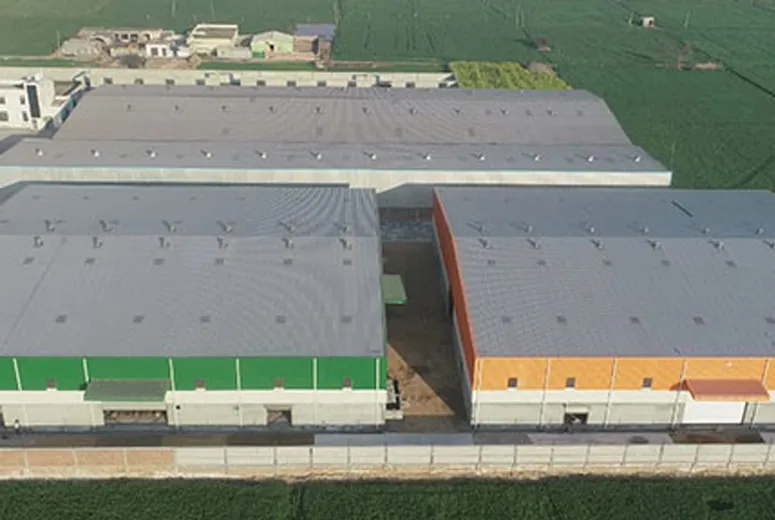- Afrikaans
- Albanian
- Amharic
- Arabic
- Armenian
- Azerbaijani
- Basque
- Belarusian
- Bengali
- Bosnian
- Bulgarian
- Catalan
- Cebuano
- Corsican
- Croatian
- Czech
- Danish
- Dutch
- English
- Esperanto
- Estonian
- Finnish
- French
- Frisian
- Galician
- Georgian
- German
- Greek
- Gujarati
- Haitian Creole
- hausa
- hawaiian
- Hebrew
- Hindi
- Miao
- Hungarian
- Icelandic
- igbo
- Indonesian
- irish
- Italian
- Japanese
- Javanese
- Kannada
- kazakh
- Khmer
- Rwandese
- Korean
- Kurdish
- Kyrgyz
- Lao
- Latin
- Latvian
- Lithuanian
- Luxembourgish
- Macedonian
- Malgashi
- Malay
- Malayalam
- Maltese
- Maori
- Marathi
- Mongolian
- Myanmar
- Nepali
- Norwegian
- Norwegian
- Occitan
- Pashto
- Persian
- Polish
- Portuguese
- Punjabi
- Romanian
- Russian
- Samoan
- Scottish Gaelic
- Serbian
- Sesotho
- Shona
- Sindhi
- Sinhala
- Slovak
- Slovenian
- Somali
- Spanish
- Sundanese
- Swahili
- Swedish
- Tagalog
- Tajik
- Tamil
- Tatar
- Telugu
- Thai
- Turkish
- Turkmen
- Ukrainian
- Urdu
- Uighur
- Uzbek
- Vietnamese
- Welsh
- Bantu
- Yiddish
- Yoruba
- Zulu
Nov . 08, 2024 07:27 Back to list
The Role of Barns in Agriculture
Barns have long been the backbone of agricultural operations across the globe, serving as vital structures for storing goods, housing livestock, and supporting various farming activities. These versatile buildings have evolved over the centuries, adapting to the changing needs of farmers and advancements in agricultural technology. In the context of modern agriculture, barns play essential roles that go beyond mere utility, influencing efficiency, productivity, and sustainability.
Historical Significance
Historically, barns emerged as critical components of agricultural practices, especially in regions with harsh weather conditions. Their primary function was to protect crops and livestock from elements, such as rain, snow, and extreme temperatures. Early farmers built them using locally sourced materials like wood, stone, and mud, creating structures that reflected the available resources and environmental conditions. Over time, the design and materials of barns have evolved, transitioning from simple frameworks to more sophisticated buildings equipped with modern amenities.
Modern Functions
In contemporary agriculture, barns serve multiple functions. They are used for storing harvested crops, feed, and machinery, effectively protecting these assets from pests, moisture, and mechanical damage. Furthermore, barns often house livestock, providing a safe and controlled environment. This separation from the outdoors helps minimize disease transmission among animals, promoting overall herd health and productivity.
Another crucial function of barns is their role in supporting agricultural innovations. Many barns now incorporate advanced technologies, such as climate control systems, automated feeding mechanisms, and monitoring devices for livestock health. These innovations enhance efficiency and productivity, allowing farmers to manage their operations more effectively.
Sustainability and Environmental Impact
barns in agriculture

In recent years, there has been an increased focus on sustainability in agricultural practices, and barns are no exception. Many modern barns are designed with sustainability in mind, utilizing renewable resources and energy-efficient systems. For instance, some barns are equipped with solar panels, reducing reliance on non-renewable energy sources while cutting down operational costs.
Additionally, barns can contribute to waste management in agriculture. Facilities designed for livestock can incorporate manure management systems that recycle waste into valuable compost or energy, minimizing environmental footprints. Properly designed barns help manage run-off and maintain clean water sources, aligning with broader environmental conservation goals.
Community and Cultural Importance
Barns often hold significant cultural and community value, especially in rural areas where agriculture is a way of life. They can be seen as symbols of heritage, representing traditional farming methods that have been passed down through generations. Barns serve as venues for community events, educational programs, and festivals, fostering a sense of connection among residents and promoting agricultural awareness.
The visual appeal of barns also adds to their value as cultural landmarks. Iconic red barns, for instance, have become synonymous with the American agricultural landscape, embodying the pastoral image that many people associate with rural living.
Conclusion
In conclusion, barns are far more than just storage facilities in agriculture; they are multifunctional structures that reflect the evolution of farming practices over centuries. As agriculture continues to adapt to changing economic, environmental, and social demands, the role of barns will likely evolve further, incorporating new technologies and sustainable practices. Ultimately, these buildings remain a testament to the enduring relationship between agriculture and its cultural, historical, and economic significance. As we move forward, the preservation and innovation of barn design will undoubtedly play a crucial role in the future of agriculture.
-
How Do Prefabricated Steel Structures Transform Modern Construction?
NewsJul.14,2025
-
How Do Prefabricated Metal Buildings Redefine Modern Construction?
NewsJul.14,2025
-
How Do Prefab Insulated Metal Buildings and Steel Structures Revolutionize Modern Construction?
NewsJul.14,2025
-
How Do Pre - Engineered Steel Structures Redefine Modern Construction?
NewsJul.14,2025
-
Advancing Modular Construction with Prefabricated Metal Structures
NewsJul.14,2025
-
Advancing Industrial Infrastructure with Prefabricated Steel Solutions
NewsJul.14,2025
Products categories
Our Latest News
We have a professional design team and an excellent production and construction team.












